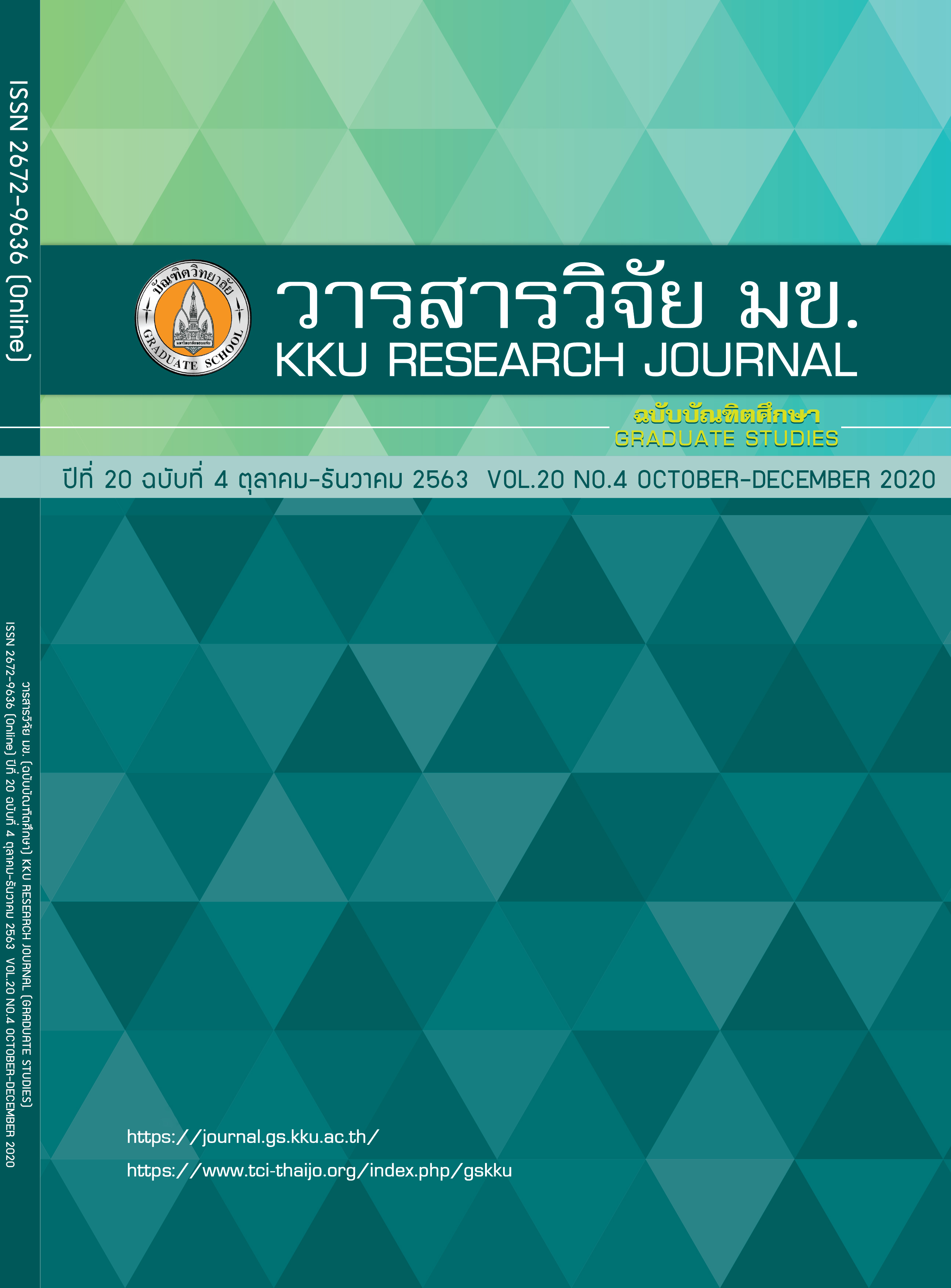Energy Saving Technique for Mobile Phone Decomposition Process Using Microwave
Keywords:
Energy saving technique, Adhesive, MicrowaveAbstract
In the process of repairing mobile phone products, it is necessary to separate the parts that are bonded with silicone glue. The general method is to blow hot air to melt the glue. Which has high energy loss during warm-up, melting and after melting Also takes a long time to melt the glue.The results showed that energy saving technique for mobile phone decomposition process using microwave .The proposed heating system could reduce electric power for the machine from 56.72 - 261.11 W-hr to 28.00 – 40.00 W-hr per one disassembling; which was 29.48 - 50.63 % in power reduction
References
Atchong D. material from Microwave. 2003.
Microwaves. Properties and benefits of microwave waves. [Internet]. Available: https://www.siamchemi.com/Microwave/.
Unpinit T, Seithtanabutara V, Kamsan T, Kwakong P, Artnaseaw A. Dehydration of rice paddy by using automatic microwave heating. Kasem Bundit Engineering J. 2017; 7(1):124–139. Thai
Prommas R, Kesawadkorn P, Treephong K. Optimization in rubber wood using a Combined Microwave, Hot Air and Continuous Conveying Drying Process by Energy and Exergy Analysis. Rajamangala University of Technology Rattanakosin. 2014.
Doo-ngam N, Rattanadecho P. Microwave pre-heating of natural rubber using a rectangular wave guide (MODE: TE10).Songklanakarin J.Sic.Technol. 2007; 29(6): 1599-1608.
Thanarak J, Haruesri P, Suphanakorn C. Mathematical Model of Heat and Mass Storage in Process. Kasetsart University (Kamphaengsaen Campus). 2003.
Chakajnarodom P. Microwave Heating and its Applications in Materials Processing. Kasetsart Engineering J. 87 2014; 27(8) Thai.
Wongpradubchai S, Phungsungsak R. Microwave Drying of Wood Using a Continuous Microwave Belt Furnace. Research and Development J. 27(1):8-14. Thai
Prasongchan P, Sa-ad Saner, Tanaphatsiri C, Nonthaputha T. A Rubber Sheet Microwave Dryer. The 11th International KU-KPS Conference 8-9 Dec. 2014.
Jindawatthanaphum H. Study of vacuum drying model with microwave and pepper. Master of Engineering. [thesis] Food Engineering Program, Faculty of King Mongkut's University of Technology Thonburi. 2002.
Electronic factory at Pathum Thani 12000, Thailand.
Adhesive. [Internet]. Available: http://www.dic-global.com/en/products/adhesive_tapes/know_adhesive/.
Sirithorn K. (adhesive). 2010.
Microwave in Food Processing. [Internet] http://conf.agi.nu.ac.th/agmis/download/publication/204_file.pdf
Jiajia C. Simulation of Microwave Heating of Porous Media Coupled with Heat, Mass and Momentum Transfer. University of Nebraska-Lincoln Department of Food Science and Technology. 2012.
Hemis M, Singh CB, Jayas DS. Microwave-Assisted Thin Layer of Wheat.University Centre of Khemis Miliana,Ain Defla,Algeria. 2011
Gupta M, Leong W, Eugene W. Microwaves and Metals. John Wiley & Sons. 2017.
Banik S, Bandyyopadhya S, Ganguly S. Bioeffects of microwave – a brief review. Bioresource Technology. 2013
Buffler CR. Microwave Cooking and Processing: Engineering Fundamental for the Food Scientist. Van Nostrand Reinheld, New York. 1993.
Copson DA. Theory of microwave heating. p. 1 – 34. In Microwave Heating. 2nd ed. D. A. Copson (ed.). The AVI Publishing Company, Inc.Connecticut. 1975.



